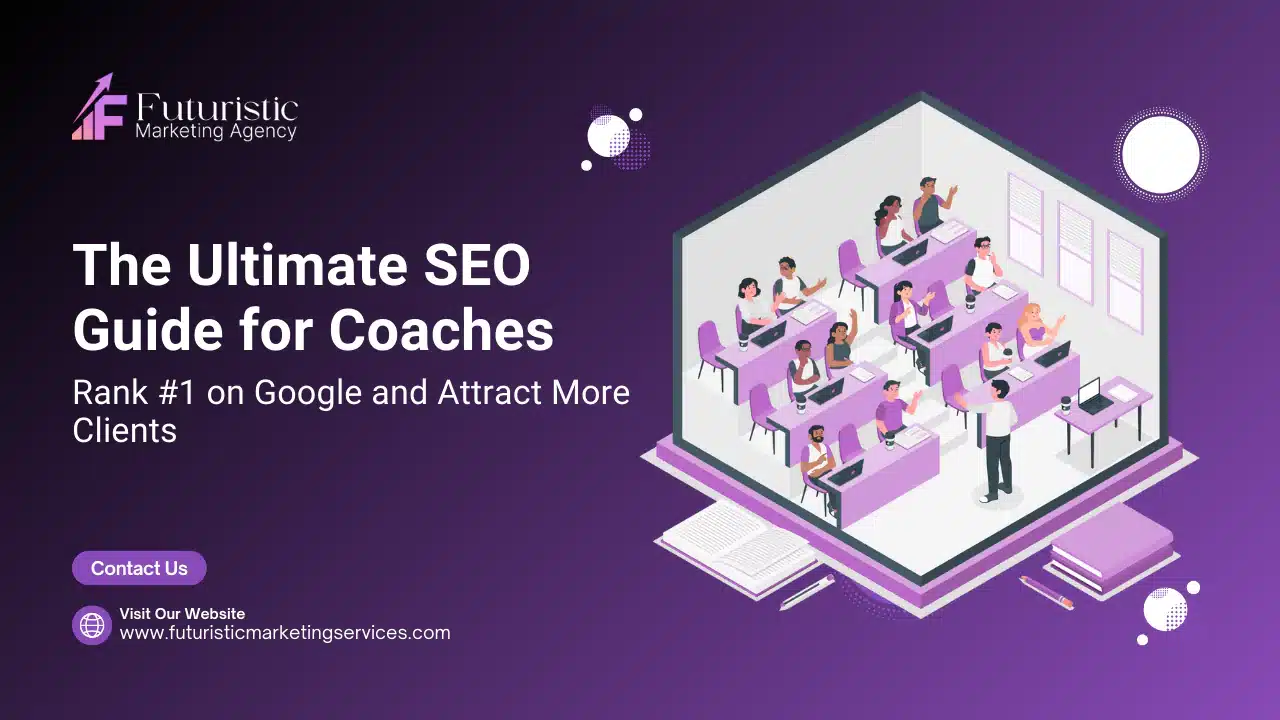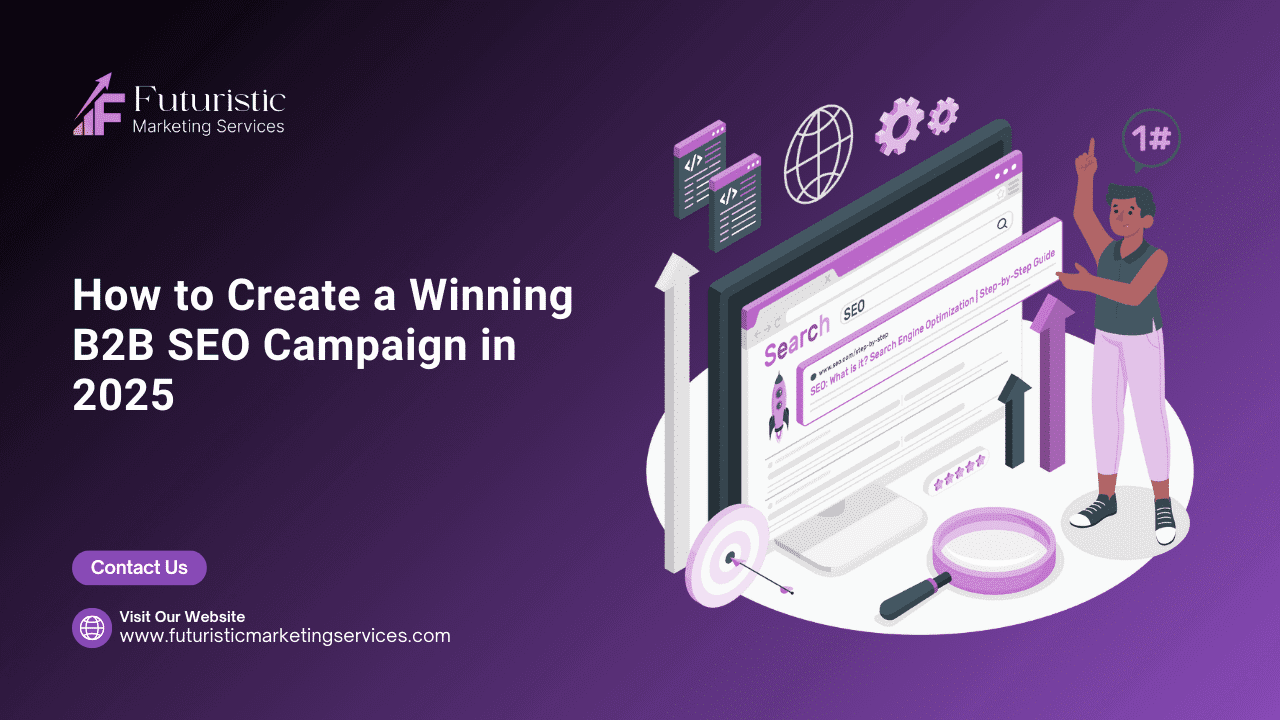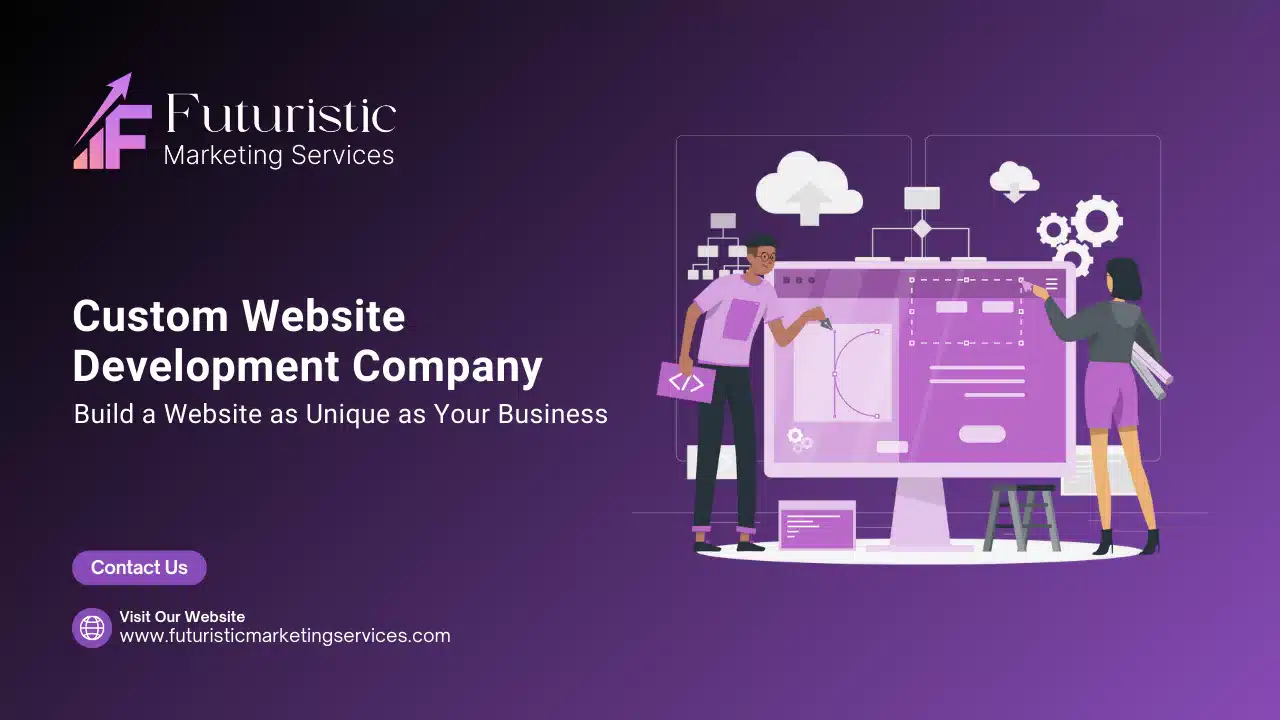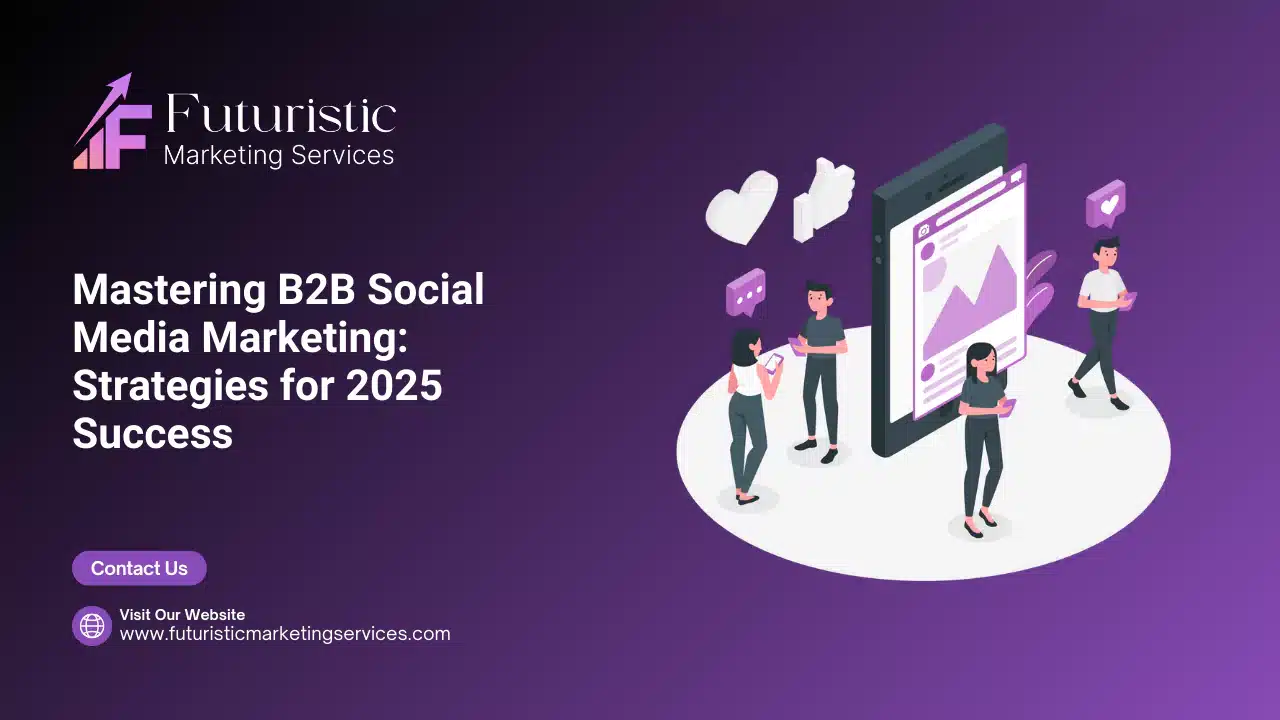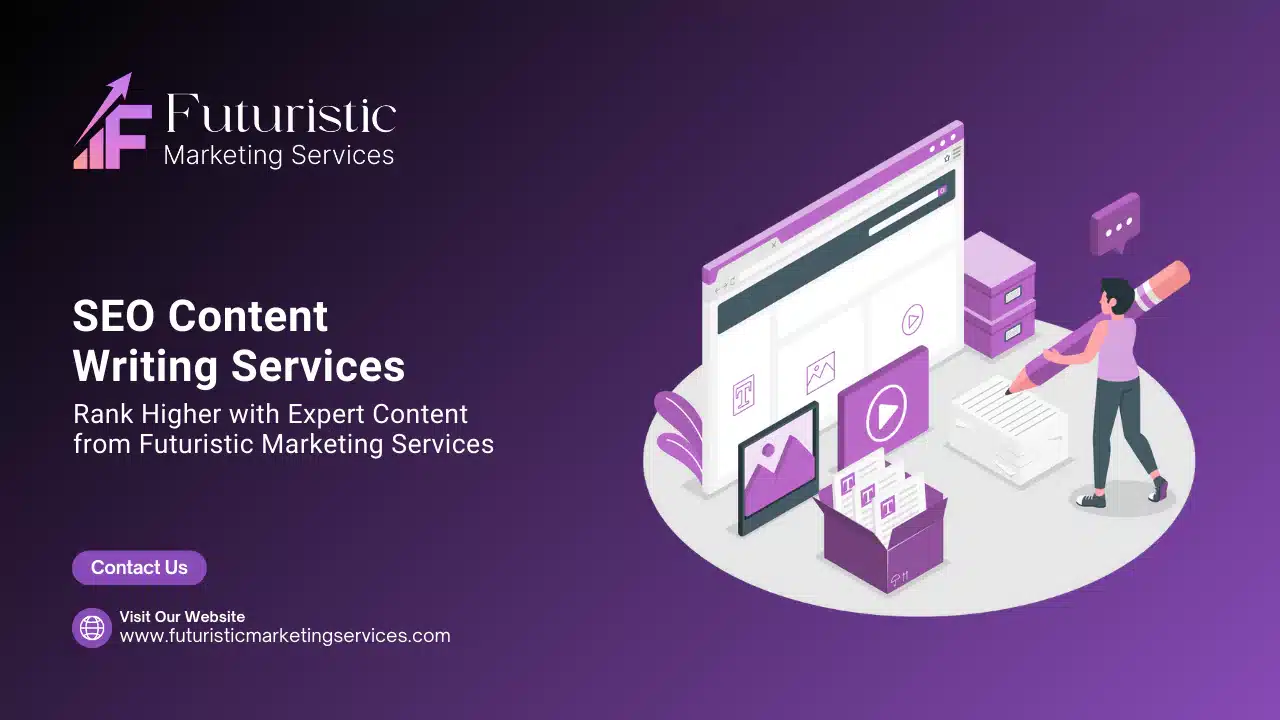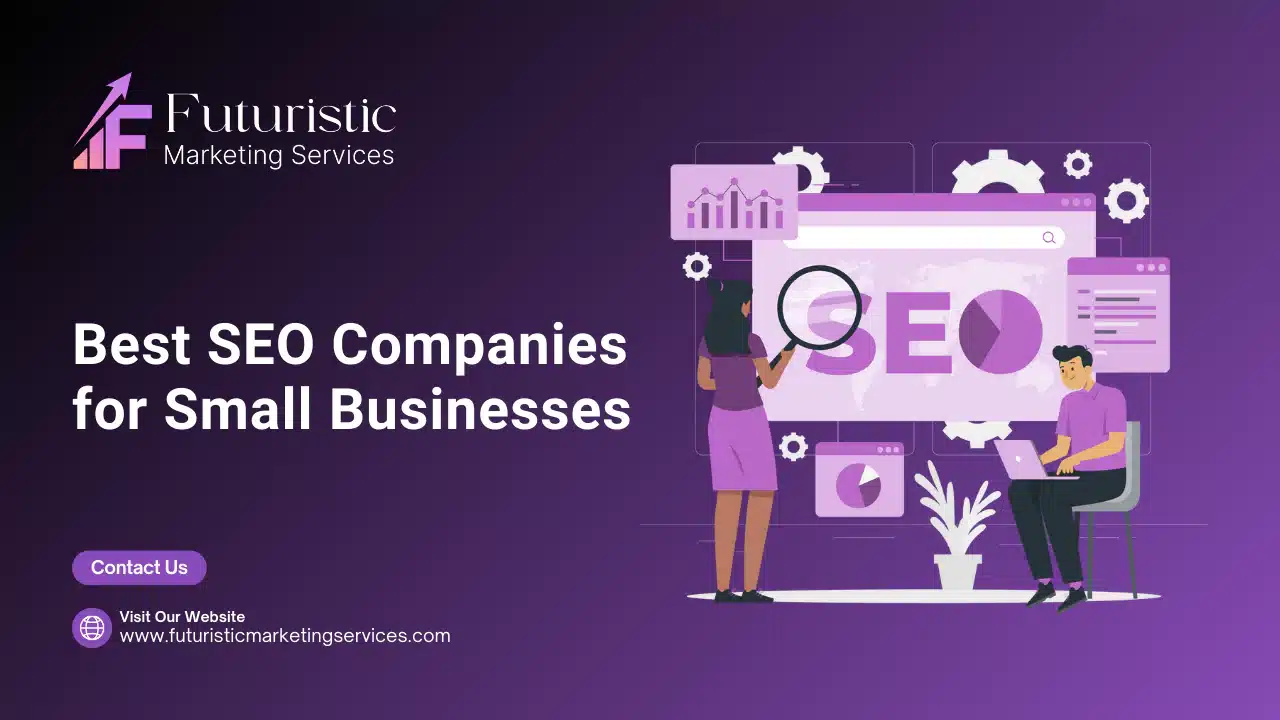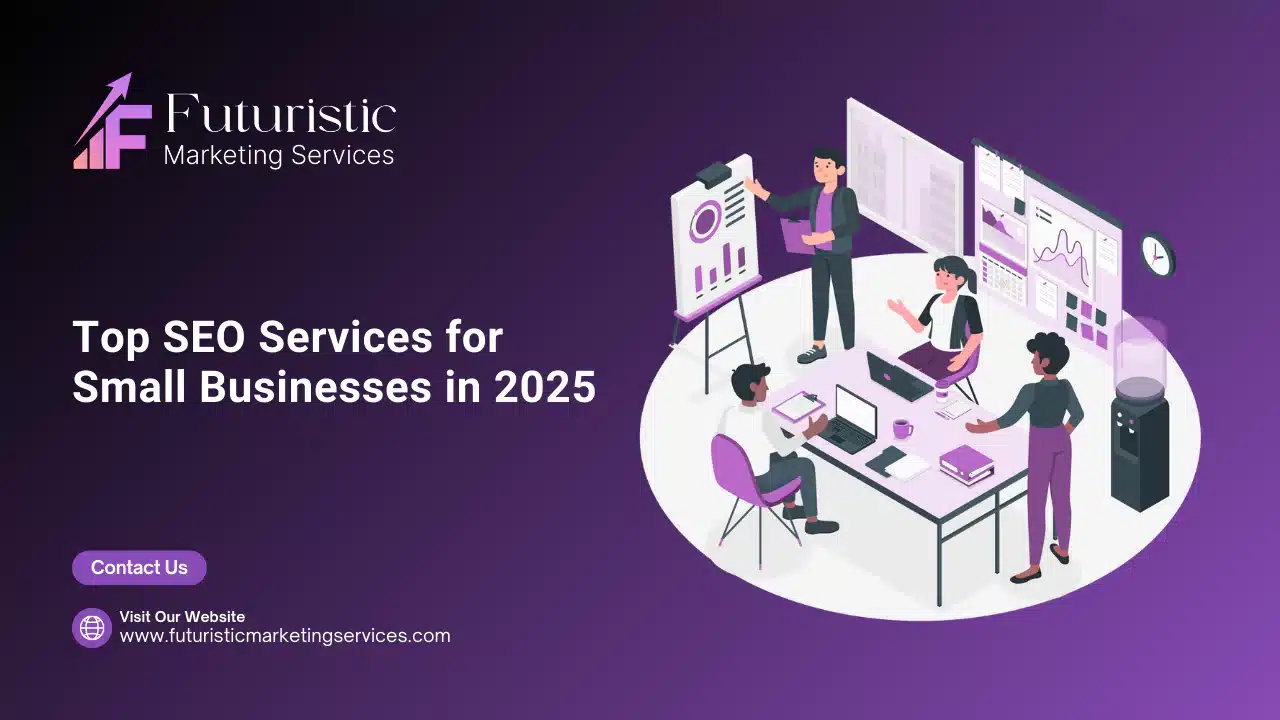In today’s competitive digital world, coaches must leverage SEO to stand out and attract more clients. Without an optimized website, potential clients searching for coaching services may never find you.
With 75% of people never scrolling past the first page of Google, ranking at the top of search results is critical. This guide will teach you how to optimize your coaching website, attract your ideal clients, and grow your business with SEO.
Why SEO is Essential for Coaches
SEO (Search Engine Optimization) helps coaching websites rank higher in Google searches so that potential clients can find you easily. Unlike paid ads, SEO provides long-term, sustainable traffic for free.
Benefits of SEO for Coaches
- Attract More Clients: People searching for coaching services will find your website.
- Build Trust and Authority: Ranking high on Google establishes credibility.
- Generate Leads 24/7: Unlike social media, SEO works even when you're offline.
- Beat the Competition: Outrank other coaches and increase your visibility.
Now, let’s dive into step-by-step SEO strategies to rank your coaching website on Google’s first page.

Step 1: Keyword Research – Target the Right Audience
Before optimizing your site, you need to identify the keywords your potential clients are searching for.
How to Find the Best Keywords for Coaches
Use free keyword research tools to discover high-traffic search terms:
- Google Keyword Planner: Helps find popular coaching-related search terms.
- Ubersuggest: Shows keyword difficulty and competition level.
- Answer The Public: Identifies questions people ask about coaching.
Examples of Coaching Keywords
- Life Coaching Keywords: "best life coach near me," "life coaching for personal growth"
- Business Coaching Keywords: "business coach for startups," "executive coaching services"
- Career Coaching Keywords: "career transition coaching," "resume coaching help"
- Health Coaching Keywords: "nutrition coach near me," "wellness coaching services"
Tip: Focus on long-tail keywords like “business coaching for small business owners” because they are less competitive and highly targeted.
Step 2: On-Page SEO – Optimize Your Coaching Website
Once you have your keywords, the next step is optimizing your website’s content and structure.
1. Use Keywords in Title Tags & Meta Descriptions
Google ranks pages based on relevance. Your title tag and meta description should include your primary keyword.
- Example Title Tag: "Best Life Coach Services | Achieve Your Goals Today"
- Example Meta Description: "Looking for expert life coaching? We help individuals achieve personal and professional growth. Get a free consultation today!"

2. Optimize Your Header Tags (H1, H2, H3, H4)
Your content must be well-structured with clear headings to improve readability and rankings.
Example Structure:
- H1: The Benefits of Hiring a Business Coach
- H2: What a Business Coach Can Do for You
- H3: How to Find the Right Business Coach
- H3: Common Myths About Business Coaching
For more details, check out our SEO consulting services.
3. Image SEO – Optimize Visuals for Faster Load Time
Did you know Google Images accounts for 22.6% of all searches (Moz)? Optimizing images improves rankings and user experience.
Best Practices for Image SEO:
- Use WebP format for high-quality, fast-loading images.
- Add ALT text with relevant keywords (e.g., "executive coaching success").
- Compress images (keep them under 50KB) to speed up your site.
Step 3: Internal Linking – Keep Visitors Engaged
Internal linking improves SEO by connecting related pages on your website.
Example: If you mention SEO strategies, link to a detailed SEO case study to keep users engaged.
Step 4: Off-Page SEO – Building Authority with Backlinks
Backlinks (links from other websites) signal to Google that your site is trustworthy.
How to Get High-Quality Backlinks:
- Guest Blogging: Write for coaching or business websites.
- Podcast Interviews: Get featured on industry-related podcasts.
- Local Directories: List your business on Google My Business and Yelp.
For expert assistance, contact our SEO team for link-building strategies.

Step 5: Local SEO – Get Found in “Near Me” Searches
If you are a local coach, optimizing for local searches is essential.
How to Rank for Local SEO:
- Claim Your Google My Business Listing and keep it updated.
- Use Location-Based Keywords (e.g., "life coaching in Dallas").
- Encourage Client Reviews to improve credibility and rankings.
Step 6: Technical SEO – Optimize Speed and Mobile Usability
Google ranks fast and mobile-friendly websites higher.
Quick Fixes for Technical SEO:
- Improve Page Speed: Use Google PageSpeed Insights.
- Ensure Mobile Optimization: Your website must be fully responsive.
- Fix Broken Links: Use Broken Link Checker to identify dead links.
Step 7: Tracking SEO Success – Measure and Improve Performance
SEO is an ongoing process. Tracking progress helps you refine your strategy.
Best SEO Tracking Tools:
- Google Analytics: Track traffic sources and user behavior.
- Google Search Console: Monitor search rankings and fix errors.
- SEMrush: Perform SEO audits and competitor analysis.
Regular monitoring ensures that your website stays optimized and competitive.
Final Thoughts: Start Ranking Higher with SEO Today
By following these SEO strategies, coaches can:
- Increase online visibility and attract more clients.
- Build long-term credibility and authority in their niche.
- Generate leads consistently without relying on paid ads.
Want expert SEO help? Schedule a Free SEO Consultation today.
This guide provides a step-by-step approach to ranking higher on Google and ensuring long-term success in the coaching industry. Start optimizing your website today and grow your coaching business with SEO.

